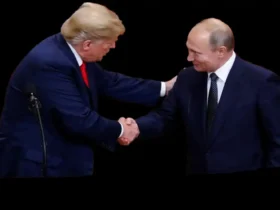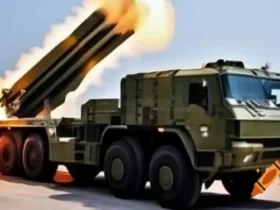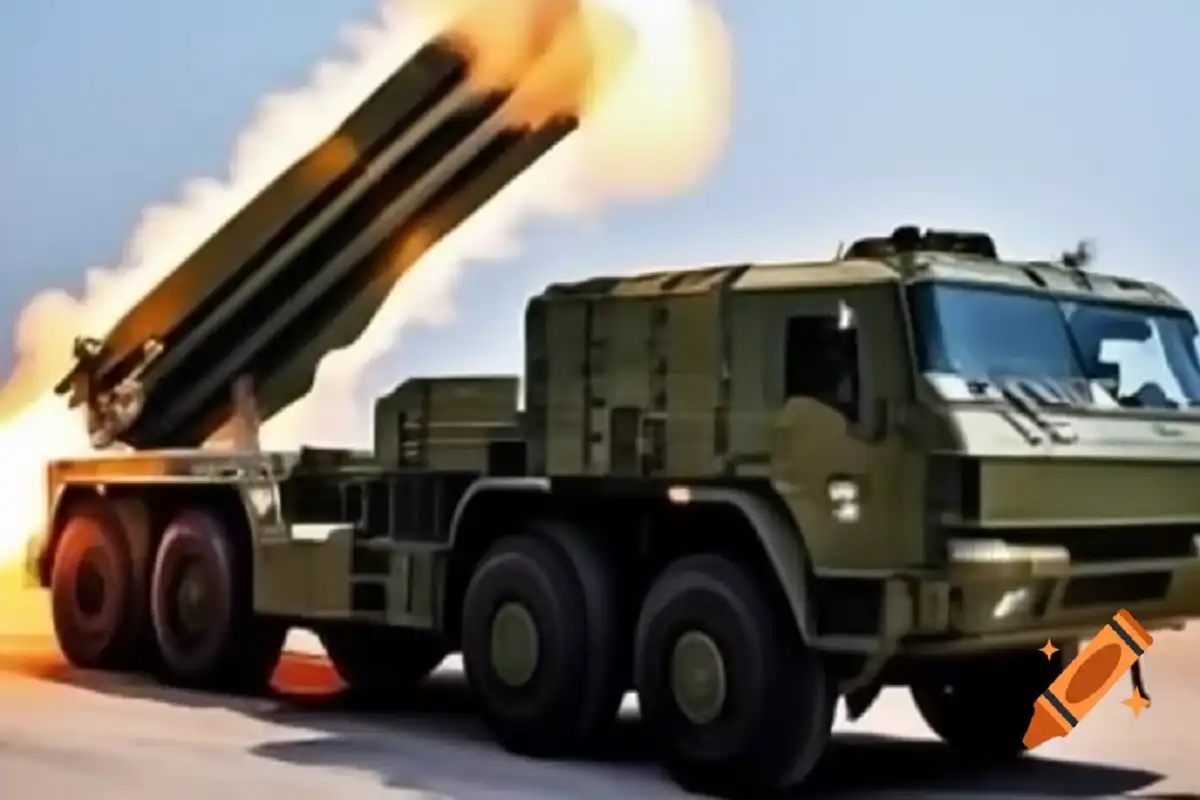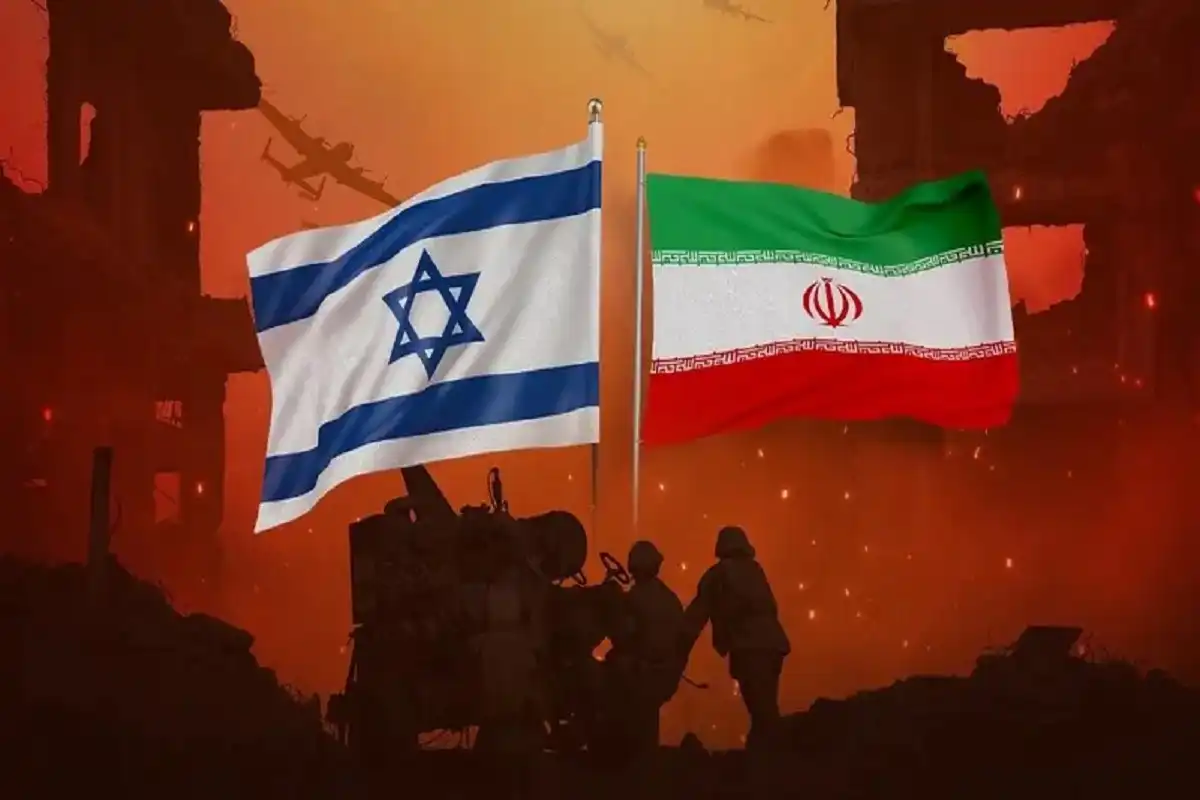When examining the military dynamics of the Middle East, two nations often at the forefront of geopolitical discussions are Iran and Israel. Each country has developed a unique military identity shaped by its history, strategic objectives, and regional challenges. This blog post aims to compare and contrast the military power of Iran and Israel, focusing on their capabilities, strategies, and regional influence.
Overview of Military Power : Iran And Israel
- Iran: Located in Western Asia, Iran possesses one of the largest and most diverse military forces in the region. Its military structure includes the Islamic Revolutionary Guard Corps (IRGC) and the regular armed forces of the Islamic Republic of Iran. Iran’s military capabilities are largely shaped by its focus on asymmetric warfare and deterrence strategies.
- Israel: In contrast, Israel’s military, known as the Israel Defense Forces (IDF), is renowned for its advanced technology, intelligence capabilities, and operational effectiveness. Israel has historically relied on its air power and cutting-edge technology, much of which is developed indigenously.
Key Comparisons : Iran And Israel
Here is a detailed comparison of the military power of Iran and Israel, summarized in a table for clarity:
| Aspect | Iran | Israel |
|---|---|---|
| Population | ~86 million (2023) | ~9 million (2023) |
| Active Military Personnel | ~525,000 active duty | ~170,000 active duty |
| Reserve Forces | ~1 million reserves | ~600,000 reserves |
| Defense Budget | ~$24 billion (2023) | ~$24 billion (2023) |
| Main Ground Forces | Army, IRGC (Elite Land Forces) | IDF Ground Forces |
| Air Forces | Around 300 aircraft | Around 1,000 aircraft |
| Naval Power | Small naval fleet with fast attack boats, submarines (Ghadir, Kilo class) | Advanced navy with submarines, corvettes, missile boats |
| Missile Capabilities | Extensive ballistic and cruise missile program, including Shahab and Zulfiqar | Advanced missile technology, Iron Dome, Arrow defense system |
| Nuclear Capability | Pursuing nuclear program | Suspected nuclear arsenal |
| Technology Level | Varied, emphasis on asymmetric capabilities | High-tech; significant innovation and military research |
| Alliances | Close ties with proxy groups (Hezbollah, etc.) | Strong relationships with U.S. and Western allies |
| Military Doctrine | Asymmetric warfare, deterrence, and defense of the homeland | Offensive operations, rapid mobilization, preemptive strategy |
Analysis : Iran And Israel
- Personnel and Manpower:
- Iran enjoys a substantial manpower advantage with approximately 525,000 active personnel and over a million reserves. This sheer number allows Iran to mobilize large forces for defense and offensive operations.
- Conversely, Israel relies on a smaller, highly trained active duty force of around 170,000. Its reserve forces are also significant, giving Israel the ability to rapidly scale up its military presence in times of crisis.
- Technology and Equipment:
- Israel is known for its technological superiority. The IDF utilizes cutting-edge systems such as the Iron Dome (air defense) and continues to advance aerial combat and intelligence capabilities.
- Iran’s military hardware is primarily based on older generations of technology, often supplemented by domestic production. Its missile capabilities, however, are formidable, with a significant range and variety, serving as a core component of its military strategy.
- Naval Power:
- Iran’s naval forces focus more on asymmetrical tactics using smaller, fast-attack vessels and submarines to operate in the Persian Gulf, posing threats to larger naval forces.
- Israel’s navy, although smaller, benefits from advanced submarines and missile boats, providing a strategic edge in the Mediterranean and surrounding waters.
- Nuclear Capabilities:
- Both nations are involved in the global discourse on nuclear capabilities. Iran has been pursuing nuclear technology, asserting it for peaceful purposes, while Israel maintains ambiguity regarding its nuclear arsenal, believed to include a significant stockpile.
- Military Doctrine:
- Iran’s military strategy focuses on asymmetric warfare, leveraging regional proxies to extend its influence and deter adversaries. Its doctrine seeks to present a multipronged threat through conventional and unconventional means.
- Israel, on the other hand, emphasizes a rapid, decisive military response, leveraging intelligence and advanced technologies. Its military doctrine includes preemptive strikes and the ability to engage in sustained operations in a short time frame.
Conclusion : Iran And Israel
Both Iran and Israel maintain powerful military forces but pursue fundamentally different strategies and doctrines. While Iran maintains a broad approach relying on sheer numbers and regional influence through proxy forces, Israel focuses on technologically advanced, rapid-response capabilities. The ongoing tensions in the region are likely to keep both nations continually evolving their military doctrines and capabilities to address new challenges and threats. Understanding these dynamics is essential for grasping the intricate balance of power in the Middle East today.
see also Comparing and Contrasting of Top powerful country: Iran and Israel


































